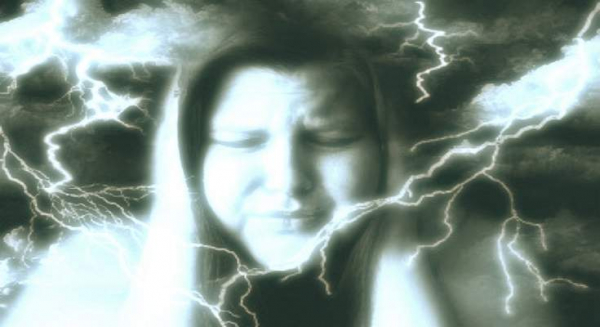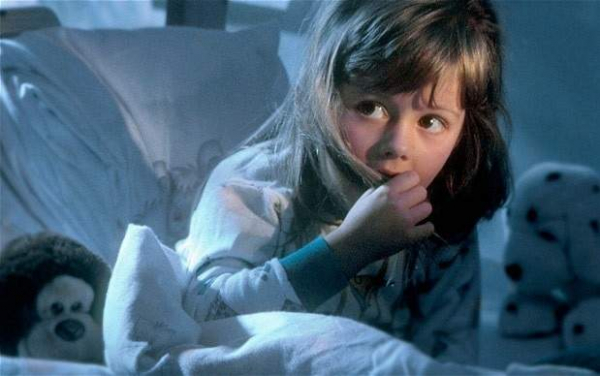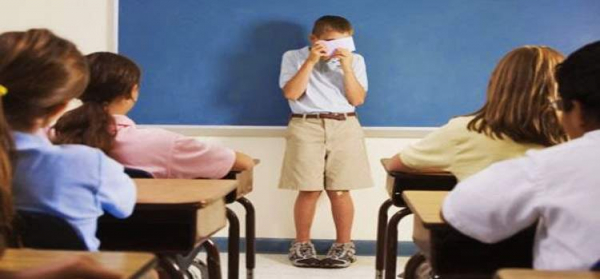
 Data Structure
Data Structure Networking
Networking RDBMS
RDBMS Operating System
Operating System Java
Java MS Excel
MS Excel iOS
iOS HTML
HTML CSS
CSS Android
Android Python
Python C Programming
C Programming C++
C++ C#
C# MongoDB
MongoDB MySQL
MySQL Javascript
Javascript PHP
PHP
- Selected Reading
- UPSC IAS Exams Notes
- Developer's Best Practices
- Questions and Answers
- Effective Resume Writing
- HR Interview Questions
- Computer Glossary
- Who is Who
Phobias: Embarrassing yet Compulsive Problems
Fear is a common human reaction to threat that most of us have one way or the other. But what if your fear rages through you like wild fire and beyond your levels of control? Irrepressible fears can lead to mental as well as physical distress to levels which ultimately turn into anxiety disorder technically known as phobia . It can affect people of any age. In this article I discuss categories in which phobias are divided, symptoms to identify phobia, possible causes and treatment. I briefly list out some common and some exceptionally rare phobias that you did not know existed
Generally phobias are categorized into three
Social Phobias
Social phobia is characterized by the fear of being judged by others, with tendency to avoid social situation. People having them, have anxiety about how to perform in a social situation, and constantly fear that their actions will not be acceptable in general public space. If not treated, it can lead to avoiding social contact that directly affects personal as well as professional relationships.
Agoraphobia
Agoraphobia is a type of phobia wherein a person fears open spaces. These individuals are more prone to suffer from panic attacks. People suffering from agoraphobia avoid places or situations that might cause them to panic, anxiety, and make them feel trapped and helpless. They avoid travelling through public transportation, standing in queue or being in a crowd.
Specific phobia
Specific phobia is irrepressible anxiety triggered by specific objects or conditions. For instance, Brontophobia – fear of thunder; Acrophobia – fear of heights, etc.

Symptoms of Phobias
The common symptoms of these phobias are fast heartbeats, panic, difficulty in breathing, sweating, shaking of hands and legs, and an irresistible desire to escape from the situation. And most of the times escaping from the situation is the only solution to normalize the condition.
Causes of Phobia
There is no specified reasons of phobia; however, many of the phobias that we observed around are instilled in mind during childhood itself. Children especially aged between four and six years are the most vulnerable.

Some instances that may lead to phobia in children are −
- Elder’s fear in front of a child − If parents, uncle, or siblings get afraid in front of a child; in such a condition, the child could also develops fear of that particular situation. For example, if the parent has fear of darkness, then child would likely develop a fear of darkness as well.
- Frightening story or video − Listening to frightening stories or seeing frightening videos more frequently at early age may lead to phobia.
- Guardian’s threatening − If a child is threatened, frightened, or beaten it may also lead to phobia.
These are all causes for common phobias but the mechanisms behind these complex phobia is least understood.
Treatment of Phobia
Through regular therapy most phobias can be treated. The most common therapy is desensitization. It is the process of exposing the patient to the circumstances that frighten him or her. This process is usually accompanied with talk therapy. It is reported that over period of time with consistent therapy, patient develops confidence and gets cured.
However, if problem is severe, then therapist also prescribe medicines including Beta blockers (these reduce the symptoms and palpitation), antidepressants, etc.
Some Common Phobia
Following are the list of common phobias that are more commonly found −
- Claustrophobia − It is an abnormal fear from enclosed places. A person suffering from claustrophobia might not pass through tunnels all alone, might not ride in elevator without anxiety. These people have fear of suffocation or being trapped. In extreme conditions, they even think that they can loss their lives.
- Aerophobia − It is the fear to fly. Normally, the reason of aerophobia is – when a person has a traumatic experience while flying. This may be because of excessive turbulence of airplane, emergency landing, witnessing other passengers having a panic attack, etc. It may also cause by watching a plane crash in a movie.
- Phasmophobia − It is the fear of ghosts and vampires, in spite of the fact that he/she (who is suffering) has never seen anything of such kind. The phobic may fear lonely places, darkness, etc.
- Paruresis − It is also known as the Shy-Bladder Phobia. People suffering from paruresis have fear to use public toilet. In extreme condition of this paruresis, people avoid visiting any public places for a long time.
- Mysophobia − It is the fear of germ. Mysophobia leads to obsessive-compulsive disorder (OCD) and hypochondria, which compel patients to wash their hands again and again.
- Acrophobia − It is an excessive fear of heights.
- Ophidiophobia − It is fear from snake. The Patient wouldn’t see a snake even in a zoo.
Some Rare Phobias
Following are the list of rare phobias that you rarely heard of:
- Xanthophobia − Fear from yellow color including yellow flowers, sunlight, etc. In extreme condition of this phobia, patient start fearing even the word yellow.
- Somniphobia − Fear from sleep. People suffering from somniphobia reported often irrational and excessive fear of sleep, as they believe, they will die if they sleep.
- Omphalophobia − It is one of the rarest phobias under which sufferers have fear of the navel. Sufferers fear being touched on their bellybuttons or would fear to touching someone else’s bellybutton.
- Nomophobia − This is one of the newest phobias included in the phobia list. Sufferers have fear of being without mobile phone coverage.
- Turophobia − It is the fear of cheese.
- Hylophobia − It is the fear of trees or wooden structures.
- Ombrophobia − It is the fear of rain.
- Trypophobia − It is the fear of holes.


